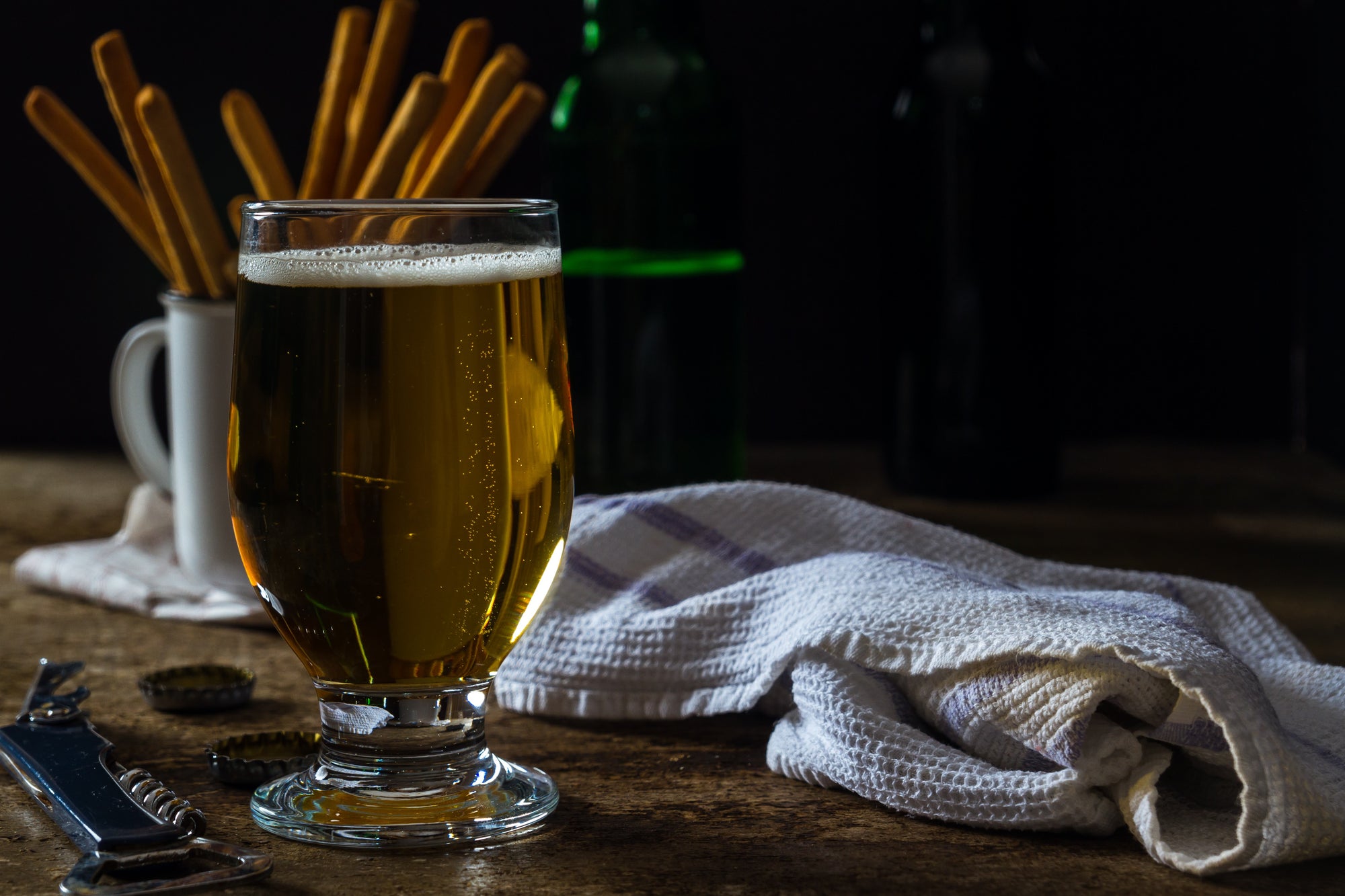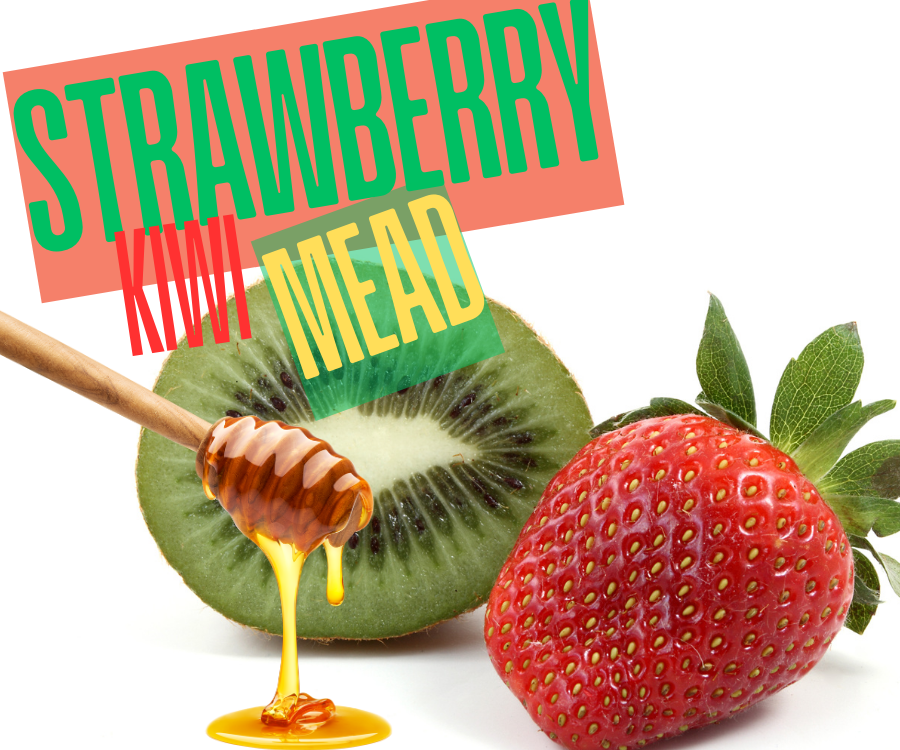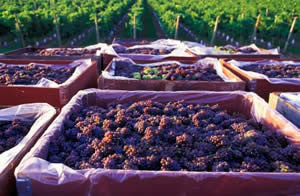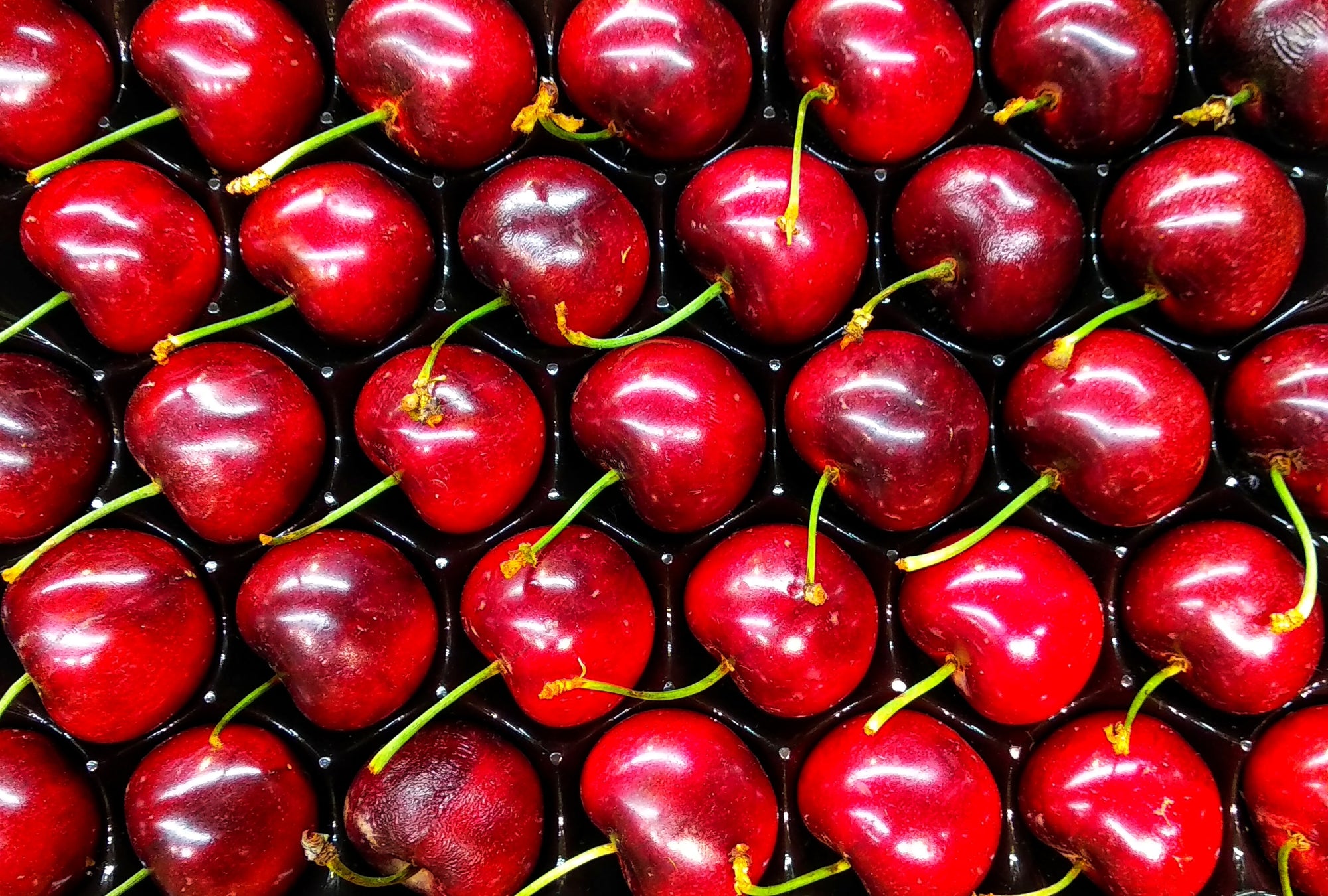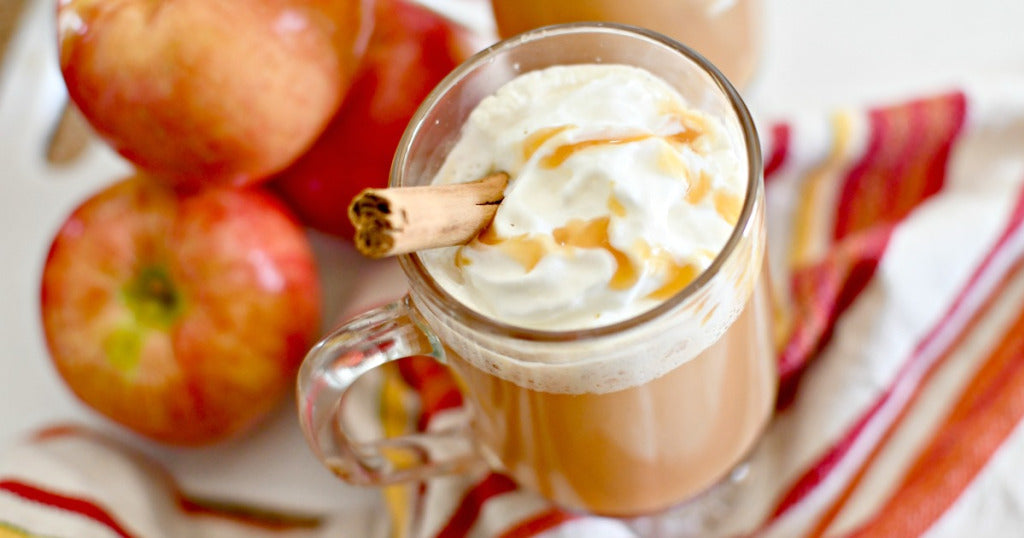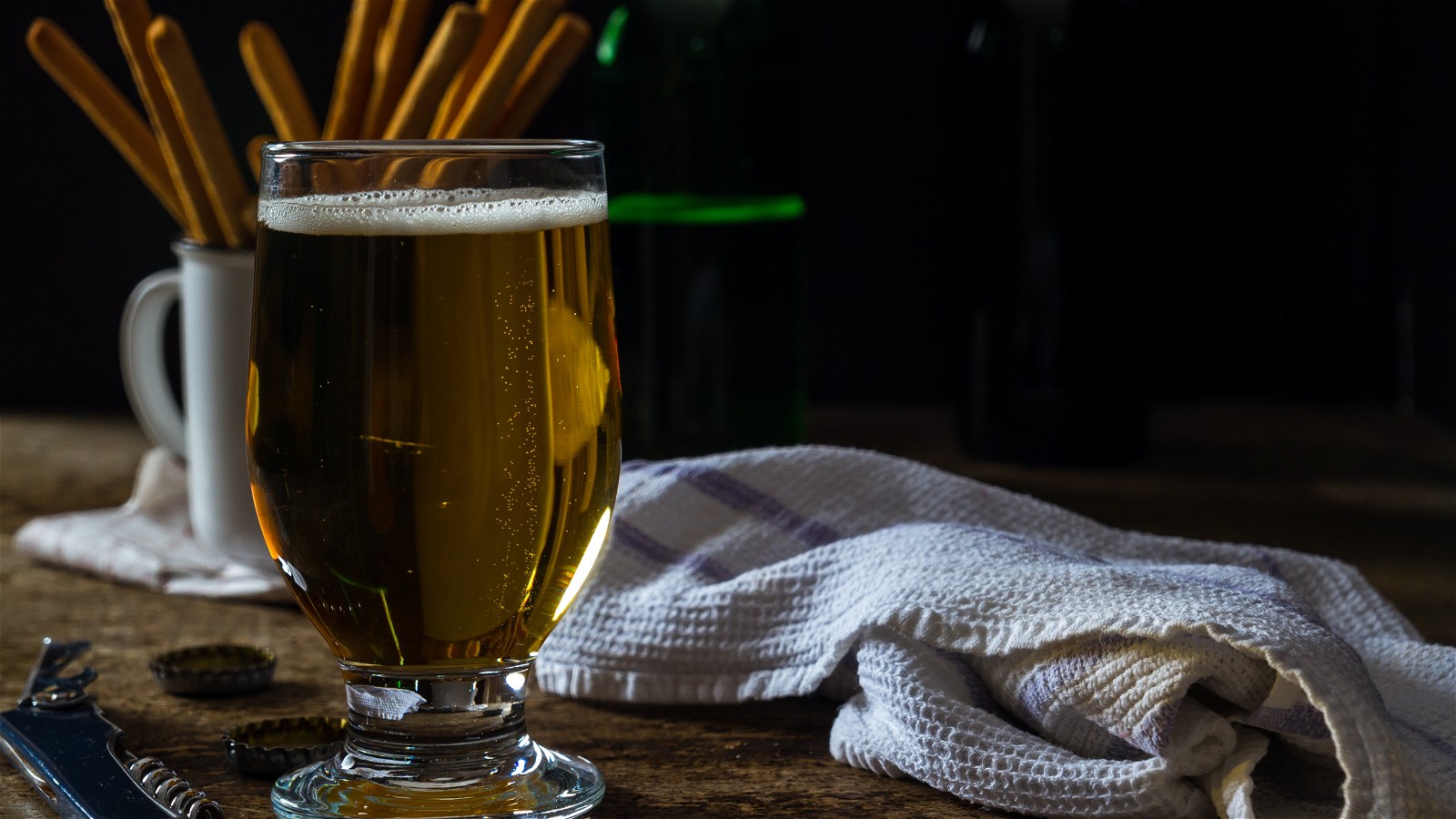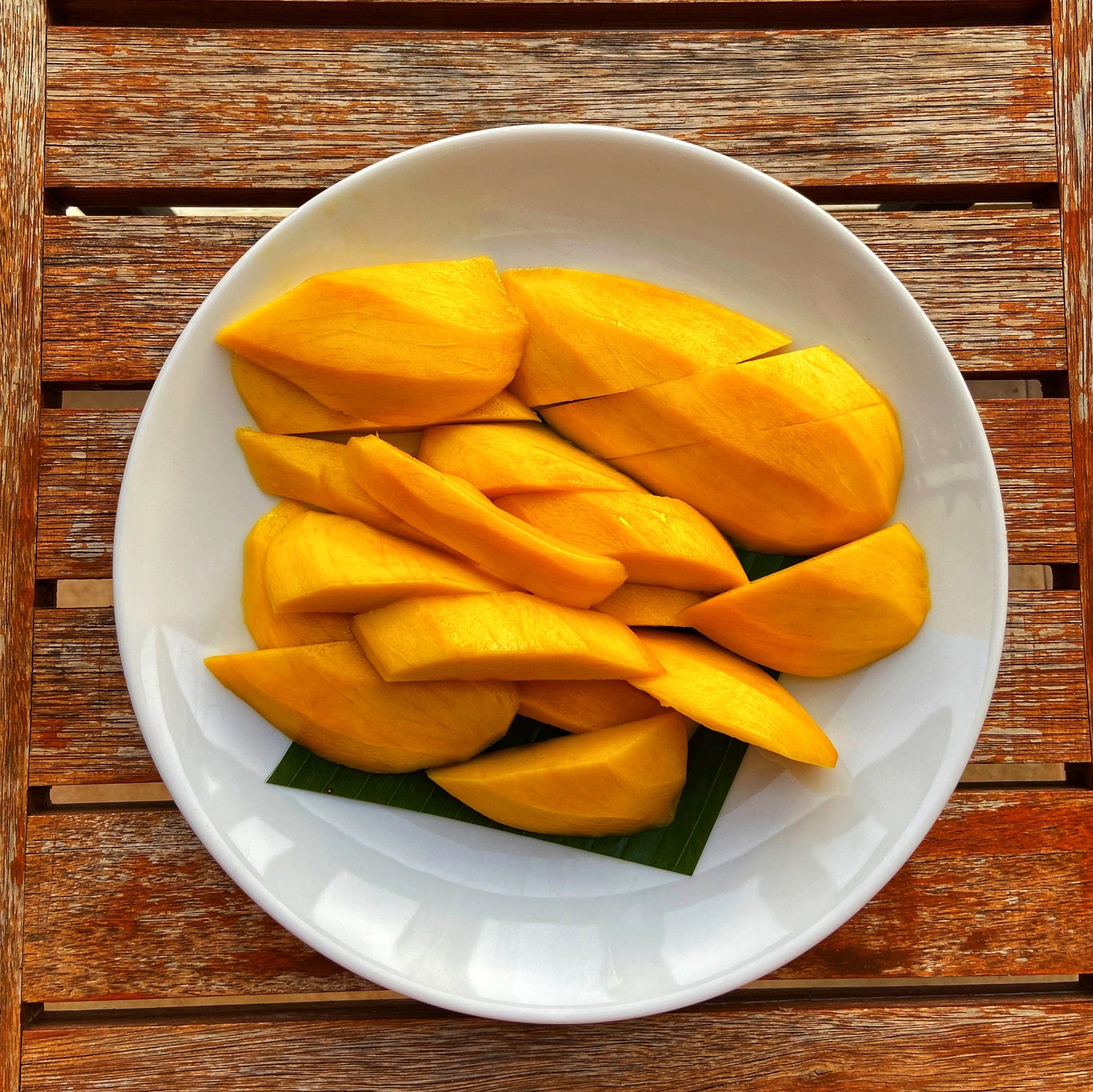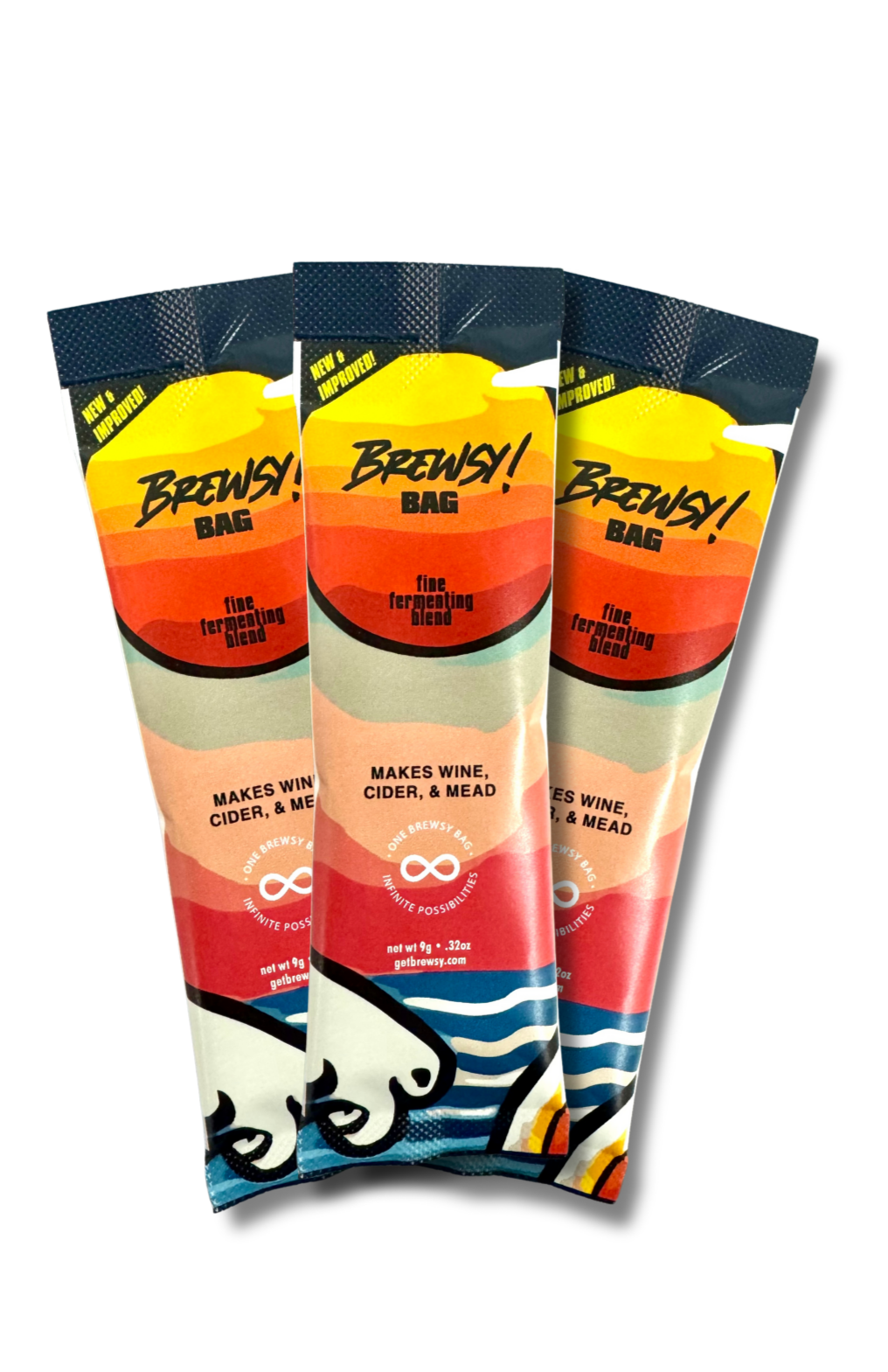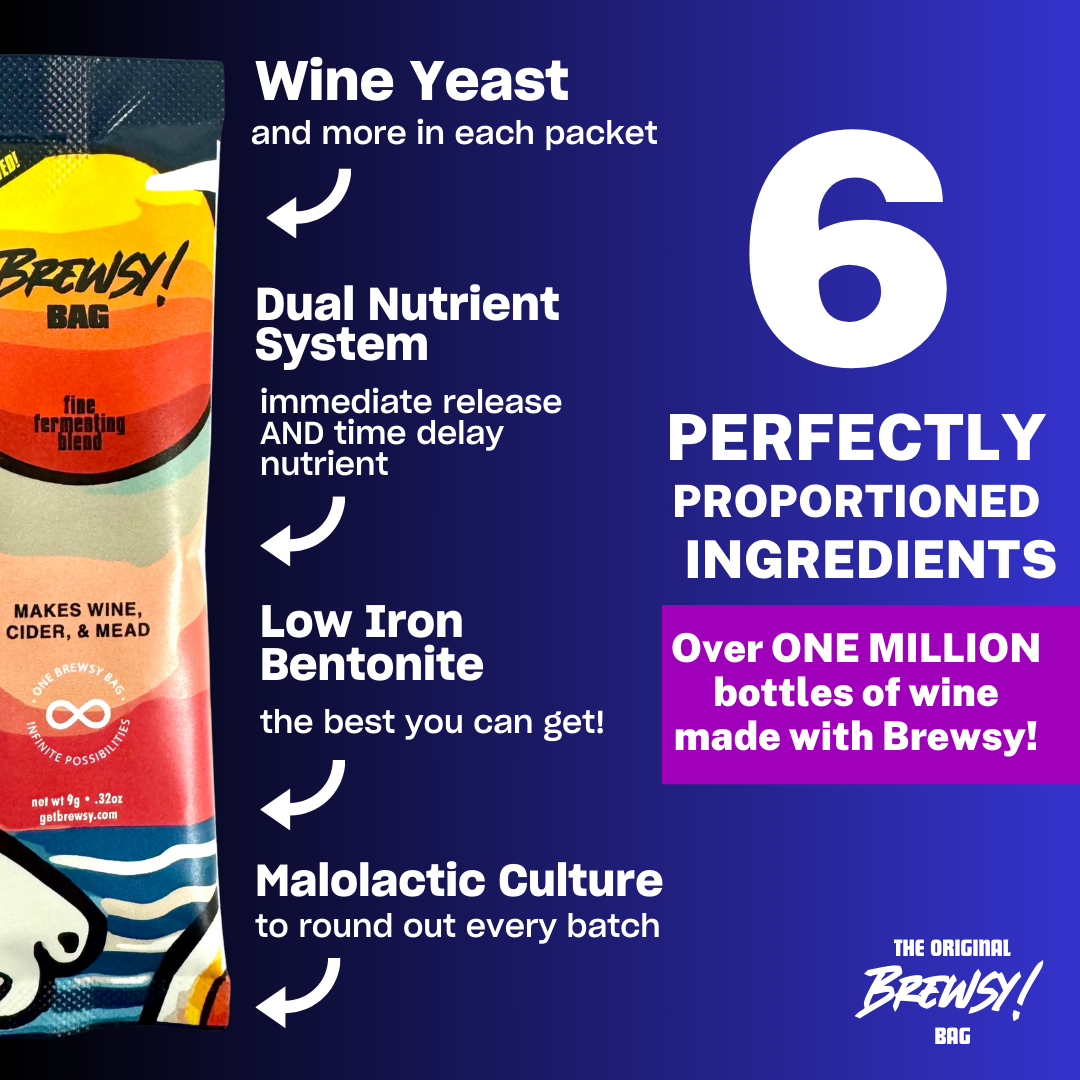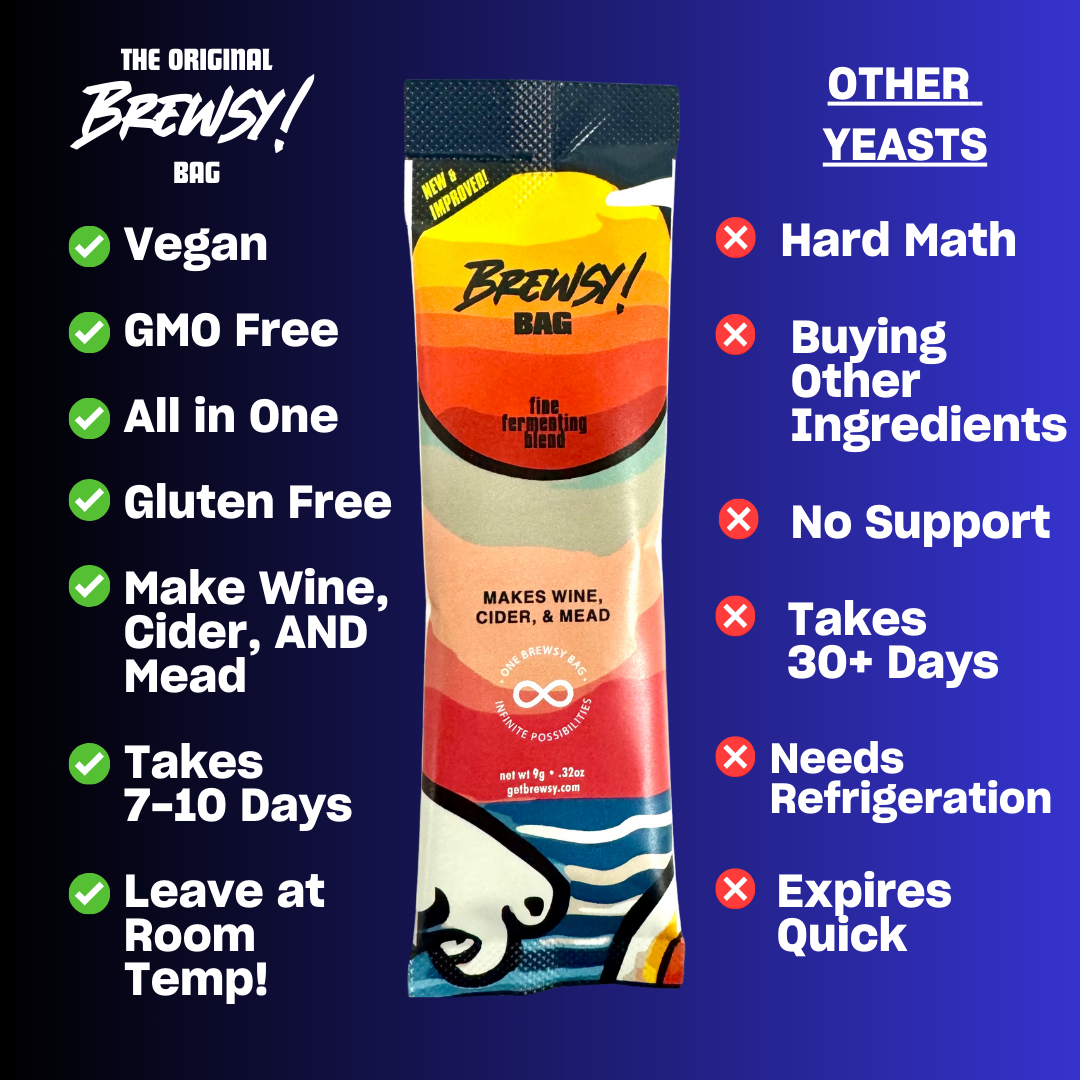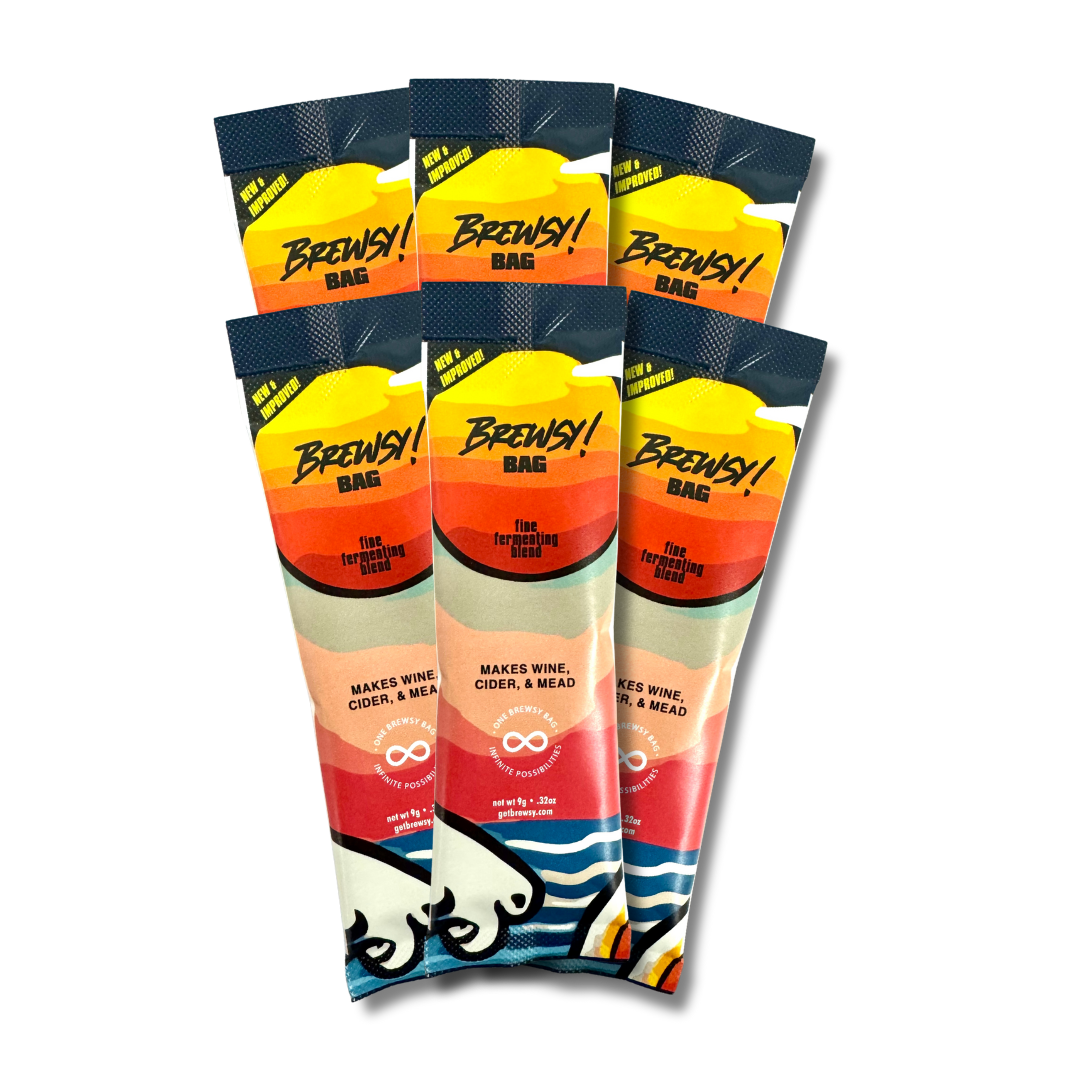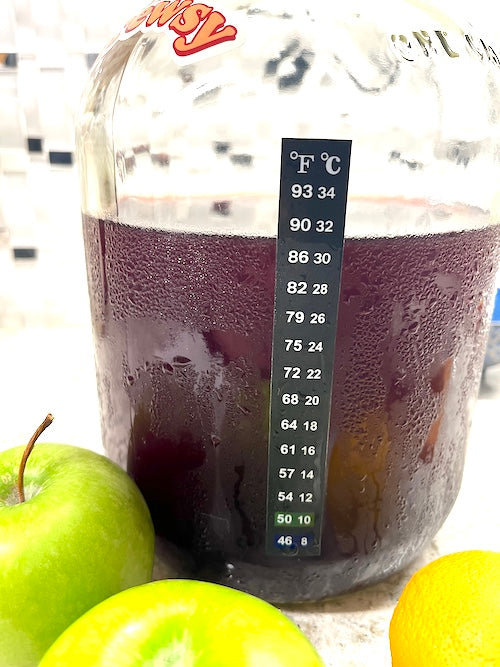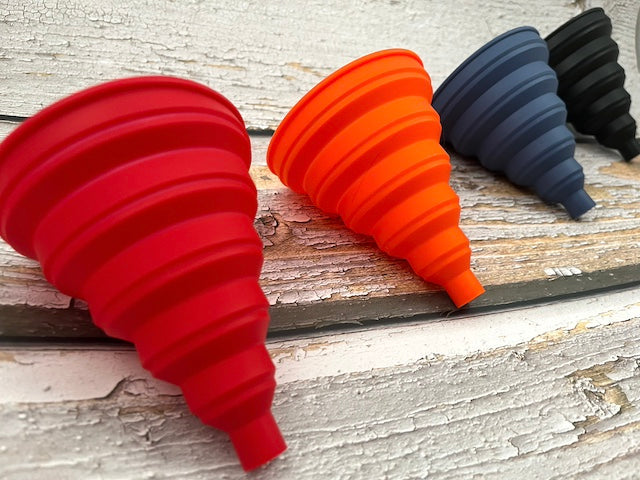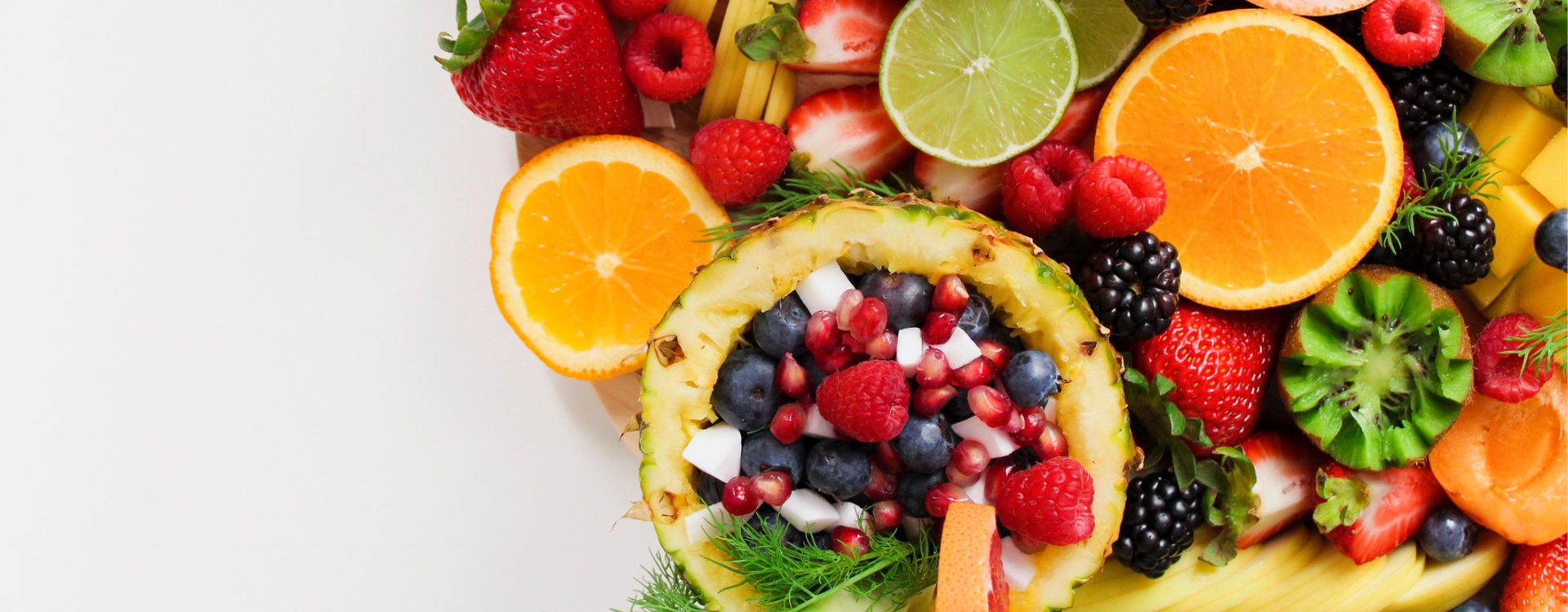Get your basics ready to go.
For this recipe, you'll need:
1 Gallon of apple juice (we recommend a filtered juice without too much natural sediment. Unfiltered apple cider with natural sediment will work, but it will take more time to age and clarify for best results. Finally, make sure your cider doesn’t include the ingredient “potassium sorbate.”)
A clean container for fermentation (either the container your juice comes in, a gallon jug, or any other food-safe container.)
Get your juice ready.
Make sure your apple juice is at room temperature, and then pour it into your clean gallon jug or fermentation container, if you're not making your cider directly in the juice bottle.
Use the drink designer and decide how sweet you'd like your juice.
Add your sugar.
Brewsy gives you the choice for how sweet or dry you would like your final cider to be. Choose how sweet you’d like your final cider to be by opening the drink designer.
Tip: If you want your cider to taste like store-bought hard cider, we recommend choosing “sweet.” In this case, if you’re using a gallon of apple juice and fermenting in a gallon jug, first pour out 2.5 cups of juice to make room for headspace (aka, bubbling and foaming.) Then, add 2 cups of brown sugar or white sugar to give your yeast the food they need to make alcohol.If you’re making a different sized batch, or would like a different sweetness level than “sweet,” use the drink designer to customize your cider.If you’re using fresh-pressed juice without nutrition facts, use the value25g of sugar per 8 fl oz for the drink designer.Then, pour out juice to make room for headspace if necessary, and then add your sugar according to the drink designer. If you have extra juice, you can drink it now or save it to make a simple syrup later.
Split open 2 vanilla beans and add with cinnamon sticks.
Shake well. Shake until the sugar is evenly mixed into your juice and almost entirely dissolved.
Then shake vigorously for 30 seconds to help wake up the yeast.
Put on the airlock. First, squeeze the rubber stopper into your gallon’s bottleneck, and then attach the plastic airlock. Fill the airlock with water, and then snap the hole-punched plastic part back on. If you need more guidance, use this video!
Put your cider in a warm, dark place.
An attic, closet, or near your water heater are all good locations. The ideal temperature is 75°F to 85°F. (The fermentation will take longer in cooler temperatures.)
At this point, your beverage has begun to ferment! Fermentation will take approximately 5 days.
Tip: Once or twice a day, swirl your container to ensure the yeast makes surface contact with all of the juice.
Wait 5 days, then taste-test. After 5 days, take a very small sip of your cider.
Right now, the yeast haven’t been separated from your cider, so it won’t taste amazing just yet.
When you taste, taste primarily for sweetness. If it tastes dry enough for you, move on to the next step. If it still tastes too sweet, let it ferment for 3 more days, then repeat the taste-test.
After a week, crash your brew in the fridge for 48 hours. You can remove the airlock and set the original cap on top of your drink. Be sure not to tighten the cap!
Put your cider in the fridge.
Take off the airlock and put the hole-punched cap on your gallon jug - or simply use a loosened cap.
Tip - make sure you never fasten the cap of your gallon jug to prevent potentially explosive carbon dioxide buildup!
Wait two days while your cider is in the fridge.
During this time, the cold in your fridge is forcing the solids in your cider to the bottom of the container, making it easier for you to separate them in the next step.
Rack your cider.
Slowly, pour your cider off of the sediment at the bottom into a different container.
Your goal is to remove as much of the sediment as possible, so try not to tip your jug back up until you're finished pouring.
Take a sip!
Now, you can taste your cider! Cheers!
You may love it right away, but you may find it tastes harsh or a bit off. Don’t worry! That’s very normal with young alcohol. It will get better and better with time.If it tastes bitter, you can quickly fix that by making a simple syrup.
Return your cider to the fridge with a loosened cap. Unlike store-bought wine, Brewsy doesn’t have any preservatives, so it needs to stay in the fridge with a loose cap unless it is properly prepared for room temperature storage.
If you’d like to bottle your cider for storage outside of the fridge, you can find out how to do that here.
Age your cider. The character of your cider will change significantly as it ages.
Harsh tastes or off-flavor will dissipate, and your cider will taste smoother and more flavorful. Allow the cider to age for at least 3 weeks, racking it about once a week.
Enjoy! Share your cider with our Brewsy communities, the First Pour Club and Club Brewsy. Another great resource is our incredible help guide.
Additionally, you can text HEYTHERE to our cell at (833) 218-0920 or email us at hello@getbrewsy.com.
